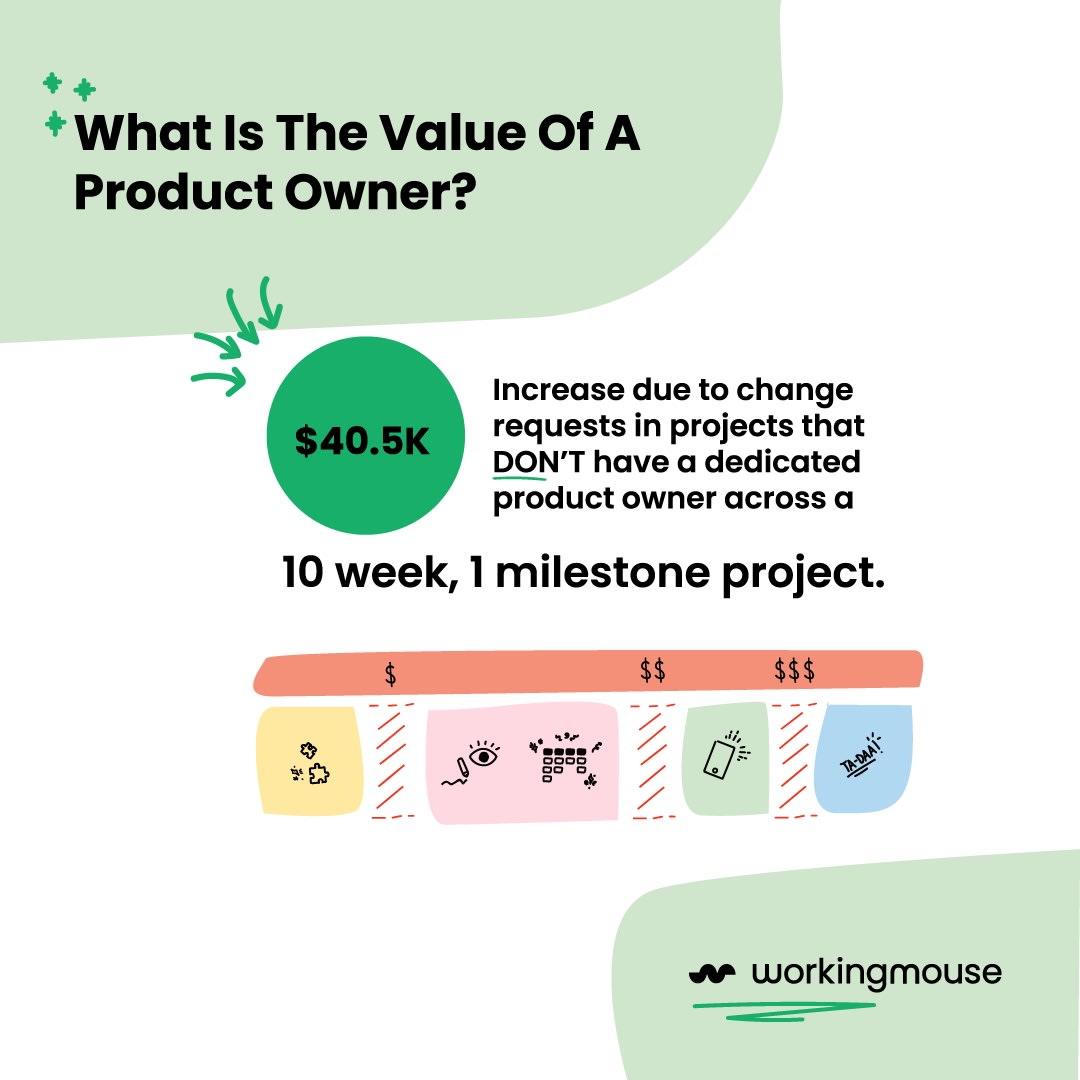Who else loves a game of Monopoly until you lose to a completely built-up Mayfair that your friend owns? The ‘other costs’ of keeping custom software maintained aren’t black and white as what most think. Each round you do of the board, upgrades are made to houses and hotels, and the rent increases. Granted that life is not determined by rolling dice, some aspects are always left to chance. Don’t let that happen with your software budget - be sure to consider all components that contribute to software costs.
Business owners pour money down the drain without knowing by overlooking the indirect cost of software development. You don’t need to be a numbers person to figure this out.
As a general rule, aim to set aside 15-20% of the original costs of the minimum viable product. Similar to housing, when it comes to custom software, think along the lines of legal, marketing and internal training as a start. If you’re new to the custom software landscape and want to learn more about the other parts that sit under the umbrella, you’re in the right place.
Costs to consider when building custom software
Maintenance costs
Long after your software has been in the market, you need to continue raising it and feeding it with updates and support. Depending on your product, you may be accommodating for higher or lower user traffic. If your product is update-heavy, be prepared to open the wallet to high-capacity teams to work around the clock to make feature updates and bug fixes.
While engaging in a fixed cost for software development is highly risky, what can be done is accurately estimating software development costs. Almost sounds like a double negative, but it lends itself to providing a compass of where your project is heading.
Hosting expenses
Dedicated hosting operates on having your own server. This cost can vary anywhere from $80 to $790 per month. For cloud hosting, this option gives you the lowest chance of downtime since it consists of a group of servers working together to keep something online. You can find some that range from about $5 up to $240 per month, depending on how much heavy lifting your software requires.
Hiring a product owner
Something we commonly see when business owners leap into software development is not being familiar with the importance of a having product owner. It’s like steering a ship without its captain; you need someone to have the final say, to give the green light and prioritise the most important efforts in the project’s journey. Their duties sit on a bandwidth too large for a business owner or someone temporary to take on, so take the time to search for a successful product owner.
We gathered and analysed data from our past 9 projects, some which did not have a dedicated product owner on board. We saw an increase of $40,500 between projects that did or didn’t have one. The cause? Change requests. A product owner concretes the decision making for the team and minimises them taking 3 steps forward and 2 steps back.

Marketing costs
If a tree falls down in a forest and nobody is there to hear it, did it really happen? Getting your product to be seen and used relies heavily on being tactical with your marketing efforts. From outdoor, word of mouth, to digital, decide on which strategy and medium you want to execute to match up with your business goals.
Market research, beta testing, PR outreach, influencer marketing, costs per action for installs, registers or subscribes are just a few marketing expenses to name.
Traditional: Billboards, print and TV ads to name a few; TV is becoming a seemingly less popular choice among new businesses now, with the average ad costing $115,000 for a 30-second slot on a national network. Variants like ad length, time of day to air, location placement, the time of year and frequency affect prices for other mediums as well.
Digital: By far, the cheapest form of advertising in the technology age. And that’s the problem. Separating yourself amongst the sardines is, by far, something many businesses don’t do well. Figure out what separates yourself from the crowd to leverage in your content.
Considering how versatile online advertising is, you can gain mass volume organically without investing a coin into it, or maximise your reach with the help of paid ads, working with a budget that best suits you. As a marketer myself, I can ramble on and on about the costs of marketing, but I’m wrapping up this section before I do.
Legal costs
Want to patent an application idea? In Australia, expect to fork out anywhere between $3,300 to $7,000 for a provisional patent, or up to $9,000 to $15,000 for a PCT international patent. This comes down to the complexity of the technology, timeframe and complexity. It can get expensive very quickly if you’re lodging multiple applications.
Training and maintaining staff
This is one of the most easily missed costs when a business brings in a new piece of software, particularly for customer service teams. Consider the time, cost and effort for adapting staff through training modules and onboarding. These figures are going to be the most unique to our own company. Determine how much to invest in building competency in using your new software, and then mapping out how you want to introduce it to your staff.
Taking all these figures with a grain of salt, how will you determine the right expenses and budgets are being allocated to the right places?
Contact us here if you’re ready to move forward with your software project.






